In a perfect world, every lesson you teach will be enthusiastically embraced and immediately understood by all students. In reality, that just doesn’t happen. Each student learns at a unique pace, and their understanding at any point is likely to be different from their classmates’. This is why it is so important for teachers to constantly check comprehension throughout a lesson.
In fact, teachers should check for understanding at least three times during a lesson, suggests Elliott Witney, Ed.D., associate superintendent of academic design and performance at Houston’s Spring Branch Independent School District. First, after the introduction of new material, then after guided practice, and, finally, at the conclusion of the lesson.
But you don’t need to do a formal assessment each time — nor should you. A quick appraisal will give you the information you need to determine the effectiveness of the lesson.
Pro Tip
For an insightful look into the future of higher education, explore “8 Top Trends in Higher Education to Watch in 2024” on Jotform’s blog.
Have students complete exit tickets
Exit tickets are quickly becoming one of the most popular ways to assess understanding. They are usually written student responses to questions that can be answered in a minute or two at the end of a class or lesson. Before students leave for the day, they must turn in their exit tickets.
Exit tickets require students to think more deeply about a subject, which clarifies understanding and highlights areas of misconception, says Linda Kardamis at Teach 4 the Heart, a teacher support community. When creating exit tickets, keep it short and simple, focusing on the most effective question or problem for assessing concept understanding.
The information collected from the tickets will give you insight into how well the lesson worked and what adjustments you may need to make to the next day’s lesson plans.
Pro Tip
You can’t improve your classroom without listening to your students. Start collecting student feedback online with Jotform’s free education forms.
Give a one-question pop quiz
A pop quiz is another great tool to gauge student understanding during a lesson. Pop quizzes elicit immediate responses from your students without the benefit of test preparation.
Because you are (ideally) testing multiple times throughout a lesson, this type of assessment should be only one question, and it should be given in a way that allows you to see responses in real time. Some of the best tools for gathering this type of data include
- Digital polling tools and apps, such as Jotform
- Clickers like Poll Everywhere and Turning Technologies
- Dry-erase whiteboards
Each provides immediate feedback so you can adjust lesson plans as needed to improve their effectiveness.
Use the 3-2-1 strategy
The 3-2-1 strategy is a reflective activity that requires students to think back on a lesson, organize their thoughts, and identify areas of confusion. It is also a great way for teachers to assess understanding of a concept or lesson. Science teacher Michael Sandhu says the approach is similar to an exit ticket, but because it has more writing and structure involved, it requires a higher level of thinking from students.
With the 3-2-1 strategy, students write down three things they learned from a lesson, two things they found interesting, and one that they don’t understand.
The technique reveals those areas of the curriculum that need to be reviewed in addition to the concepts and activities students find most interesting, adds Robin Bartoletti, assistant director of the Center for Innovative Learning at University of North Texas Health Science Center. Both data points are important for guiding lesson planning and instructional adjustments.
Create a Twitter board
To get students to summarize their understanding, educational consultant Lee Watanabe-Crockett recommends creating a classroom Twitter board where you can post comments that students compose during lessons. Give the students a lesson-related prompt and have them respond as if they were posting to Twitter. Or have them post questions they have about the lesson. This will give you insights into where they still need help understanding material.
This format is great because it limits student responses to 280 characters. And the board is a helpful tool for teachers who do not have access to technology in the classroom. If your students can access the internet during class, you can also create a classroom Twitter account. This way, students can actually post their reflections online. The single location of these responses makes it easier for teachers to review and pull the data they need to understand the effectiveness of their lesson.
Keep in mind that digital lesson plans make it easy for you to make notes and changes to those plans based on the data from these assessments. By using an online lesson planning tool, you can quickly jot down what worked for a lesson and what didn’t. That way, the next time you teach it, you can reinforce it in a different way and/or change the way you teach it.




































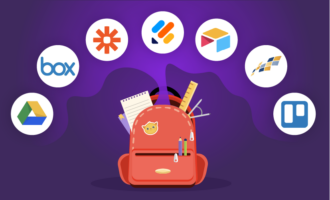




























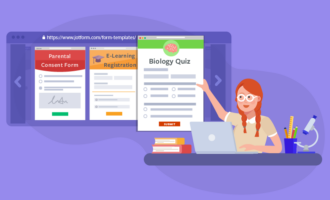









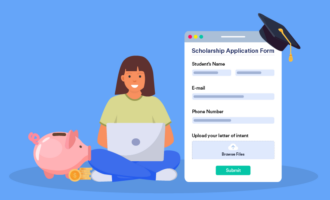














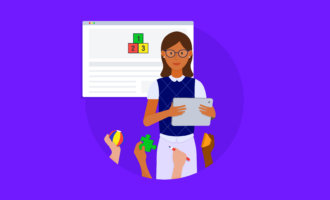





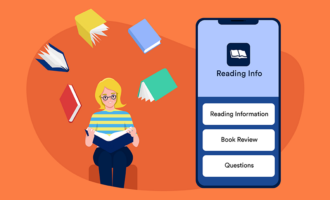








Send Comment: